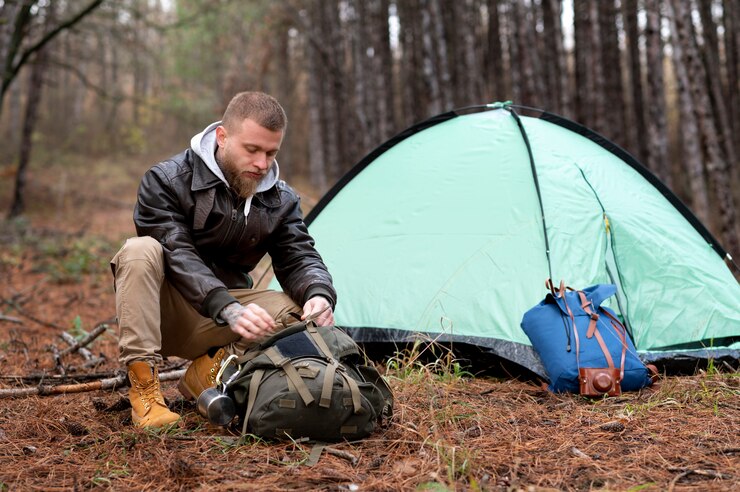
1. **Tarp Camping Essentials: Who It’s For, Why It Works, and How to Get Started**
2. **Tarp Camping Demystified: Benefits, Best Practices, and Ideal Users**
3. **The Art of Tarp Camping: Practical Advice, Perks, and Who It Suits Best**
4. **Tarp Camping 101: What Makes It Great and Who Should Try It**
5. **Thinking About Tarp Camping? Here’s What You Need to Know**
Let me know if you’d like the tone to be more formal, adventurous, or minimalist!
If you love camping but also want to stay dry and safe, choosing the right tarp is essential. Before you head out on your next hiking or camping trip, it’s a good idea to learn how to properly set up a tarp tent. Investing in a high-quality tarp can make a big difference in your outdoor experience.
There are plenty of good reasons to use a tarp shelter. For one, it helps you pack light. Many hikers prefer to carry less weight, and a lightweight white tarp is a great option. These tarps are often made from durable plastic that’s resistant to UV rays, water, and tears—perfect for creating a reliable canopy.
Tarp camping has become especially popular among ultralight hikers. Without the need for tent poles, bug nets, or bulky walls, you can travel lighter and move more freely. It’s also a favorite among minimalists who enjoy the challenge of creating their own gear and setups from scratch.
Beyond the practical benefits, tarp camping offers a unique connection to nature. It strips away the barriers that tents often create, giving you a more immersive and simple outdoor experience. That said, it’s not without its challenges. You might deal with rain splatter, exposure to wind, and the occasional bug. But with the right setup, you can stay just as warm and dry as you would in a tent.
One of the first hurdles for beginners is finding the right spot to pitch a tarp. It takes some practice, and you’ll likely make a few mistakes at first. Traditional tent spots—flat, open, and clean—aren’t ideal for tarps. These areas tend to collect water during heavy rain, which can make for a soggy night.
Instead, look for a gentle slope. It shouldn’t be so steep that you slide down, but just enough to let water drain away. When you sleep, position your head uphill to avoid headaches caused by blood rushing to your head.
Setting up your tarp can be simple. Use hiking poles to support the ends, or take advantage of nearby trees and branches. Try to angle your tarp so that wind and rain hit from the sides, not directly into your shelter. If possible, choose a spot where natural barriers like trees, rocks, or brush can block the wind.
There are endless ways to enjoy tarp camping, and it can turn into a fun and rewarding adventure. With a bit of practice and creativity, you’ll learn how to handle the challenges and make the most of your tarp setup.